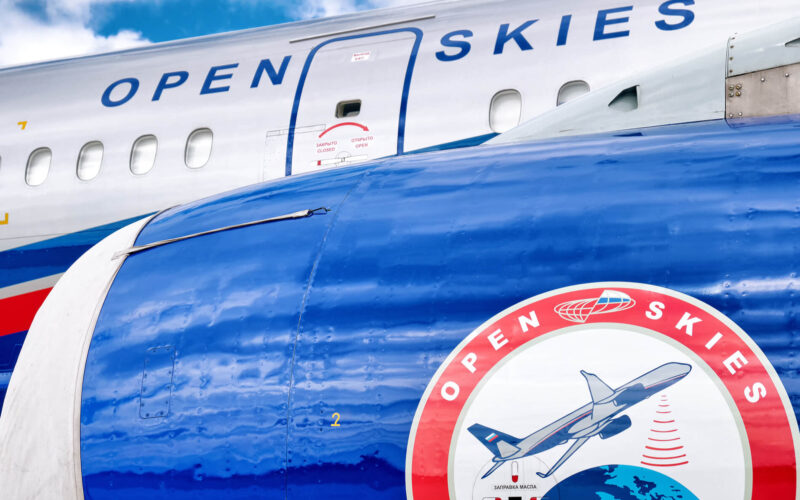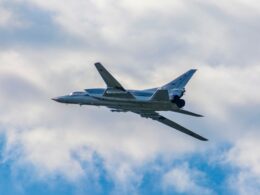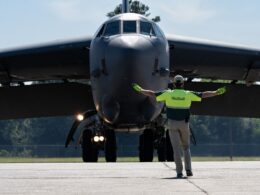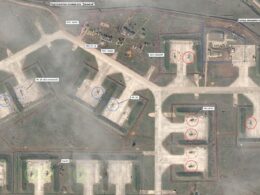After the United States, Russia announced its withdrawal from the Open Skies Treaty, which allows mutual aerial monitoring of military movements and strategic installations of the signatory countries.
Russia said it requested the other signatory countries, especially members of NATO, not to transfer the information obtained within the framework of “Open Skies” to Washington, as the United States officially withdrew from the treaty.
That request, however, remained unanswered, according to Konstantin Kosachev, chairman of the Russian Parliament’s Foreign Affairs Committee.
A temporary suspension?
On November 22, 2020, the Trump administration had officially withdrawn the United States from the treaty, citing “repeated violations from Russia.”
One point of contention was the fact that Russia refused for the treaty to apply to the Georgian territories of Abkhazia and South Ossetia, which the Kremlin recognizes as independent countries, and thus outside of the Treaty’s jurisdiction.
Another issue concerns the overflight time of the Kaliningrad enclave, above which Russia unilaterally imposed a limit of 500 kilometers as to not disturb civilian flights too long.
However, such problems do not constitute a breach of the Treaty, according to the former chairman of the House Committee on Foreign Affairs Eliot Engel. “Dialogue and interaction with Russia are important during this time of heightened tension and increased potential for miscalculation,” commented the lawmaker.
Both parties still have 6 months to reverse the withdrawal process. Supporters of the treaty hope for a change of stance from the upcoming administration of president-elect Joe Biden.
The Treaty on Open Skies
Initially negotiated between the members of NATO and of the Warsaw Pact, the Treaty on Open Skies was signed in 1992 in Helsinki, Finland. However, it was only ratified nine years later by Russia and came into effect on January 1, 2002.
State parties are Belarus, Belgium, Bosnia and Herzegovina, Bulgaria, Canada, Croatia, the Czech Republic, Denmark, Estonia, Finland, France, the Republic of Georgia, Germany, Greece, Hungary, Iceland, Italy, Latvia, Lithuania, Luxembourg, the Netherlands, Norway, Poland, Portugal, Romania, Russian, Slovakia, Slovenia, Spain, Sweden, Turkey, Ukraine, the United Kingdom, and, for now, the United States. Kyrgyzstan is also a signatory of the treaty but it has yet to be ratified. The countries are all members of the Organization for Security and Co-operation in Europe (OSCE). One of the purposes of those flights is to observe military movements and make sure arms limitation measures are enforced.
Each country must accept a number of observation flights, the “passive quota” and is able to carry out as many as it received, the “active quota”. A 72-hour notice before an observation flight must be communicated to the authorities of the observed country, and the other members of the treaty. Once the flight is carried out, the data collected is available to all signatories.
Asked about the importance of the Treaty, the French Armed Forces General Staff told AeroTime News that “as a guarantee of transparency, it stems from the common will of state parties to create security and confidence on the European continent”.
The flight has to be carried out by an “unarmed, fixed-wing aircraft” equipped with “agreed sensors”. These sensors include optical panoramic and framing cameras, video cameras with real-time display, infra-red line-scanning devices all with limited resolutions defined by the Treaty. While provisions to use sideways-looking synthetic aperture radars exist, none of the aircraft specifically equipped for the application of the treaty have any onboard.
Observations flights are relatively frequent. In 2019, the United States flew around sixteen times over Russia.











